Comprehensive Guide to White Goods Recycling
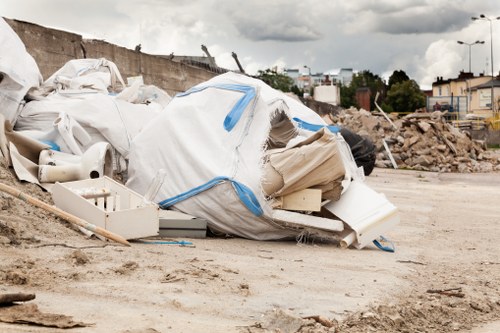
Recycling white goods is an essential practice for both environmental sustainability and economic efficiency. White goods, such as refrigerators, washing machines, and dishwashers, are significant contributors to household waste. Proper recycling helps reduce landfill accumulation and conserves valuable natural resources.
Understanding the recycling process of white goods can empower consumers to make informed decisions about disposing of their old appliances responsibly. This article delves into the methods, benefits, and best practices for recycling white goods effectively.
White goods recycling involves several steps, including collection, transportation, dismantling, and processing. Each stage plays a crucial role in ensuring that materials are recovered and reused, minimizing environmental impact.
Why Recycle White Goods?
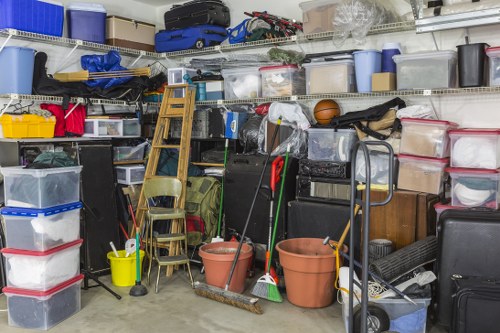
Recycling white goods offers numerous environmental and economic benefits. One of the primary reasons to recycle is to reduce the amount of electronic waste that ends up in landfills. Appliances contain various materials, such as metals, plastics, and refrigerants, which can be harmful if not disposed of correctly.
Recycling also conserves natural resources by reclaiming valuable materials. For example, metals like steel and aluminum can be reused in the manufacturing of new products, reducing the need for virgin resources and lowering production costs.
Additionally, recycling white goods can help decrease energy consumption. The process of recycling materials typically requires less energy compared to extracting and processing raw materials, resulting in a lower carbon footprint.
Steps Involved in White Goods Recycling
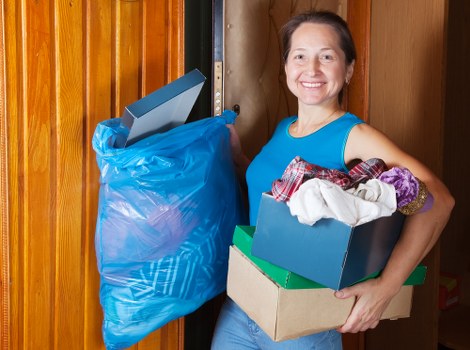
The recycling process for white goods is comprehensive and involves several key steps to ensure efficiency and environmental safety. Understanding these steps can help consumers and businesses participate more effectively in recycling programs.
1. Collection
The first step in recycling white goods is the collection of used appliances. This can be done through various channels, including municipal collection programs, retail take-back schemes, and specialized recycling centers. Proper collection ensures that appliances are safely transported to facilities equipped to handle them.
2. Transportation
Once collected, white goods are transported to recycling facilities. Transportation must be conducted securely to prevent damage and environmental contamination. Specialized vehicles and containers are often used to handle large and heavy appliances.
Safety Measures During Transportation
- Secure loading to prevent movement during transit
- Use of protective coverings to avoid damage
- Compliance with transportation regulations for hazardous materials
Processing and Dismantling
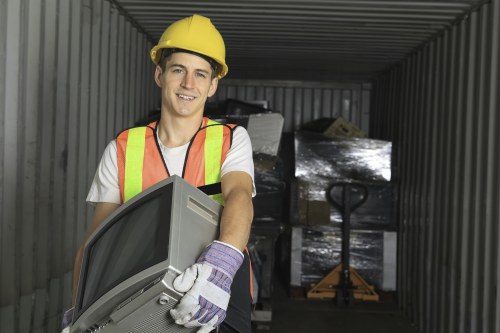
At the recycling facility, white goods undergo processing and dismantling. This phase involves separating the appliance into its constituent parts for further recycling or disposal.
3. Dismantling
Dismantling involves manually or mechanically taking apart the appliances to sort different materials. Components such as metals, plastics, glass, and electronic parts are separated for targeted recycling processes.
4. Material Recovery
Recovered materials are processed for reuse. Metals are melted down and purified, plastics are shredded and recycled into new products, and electronic components are treated to extract valuable materials.
Benefits of Material Recovery
- Reduces the need for virgin materials
- Minimizes environmental pollution
- Supports sustainable manufacturing practices
Environmental and Economic Benefits
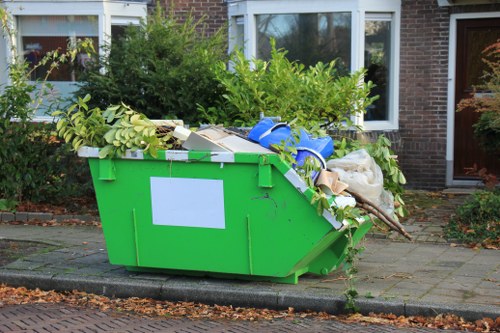
Recycling white goods offers significant benefits that extend beyond waste reduction. These benefits include environmental conservation, economic gains, and the promotion of a circular economy.
Environmental Conservation
By recycling, we reduce the extraction of natural resources and lower greenhouse gas emissions. This contributes to the fight against climate change and helps preserve ecosystems.
Economic Gains
The recycling industry creates jobs in collection, processing, and manufacturing sectors. Additionally, businesses can save costs by using recycled materials instead of sourcing new ones.
Supporting the Circular Economy
A circular economy emphasizes the reuse and recycling of materials, reducing waste and promoting sustainability. Recycling white goods is a critical component of this economic model, ensuring that products and materials remain in use for as long as possible.
Best Practices for Recycling White Goods

Ensuring effective white goods recycling requires adherence to best practices by consumers, businesses, and recycling facilities. Implementing these practices can enhance the efficiency and impact of recycling efforts.
1. Proper Disposal
Consumers should avoid disposing of white goods in regular trash. Instead, they should utilize designated recycling programs or contact local authorities for guidance on proper disposal methods.
2. Data Security
For appliances containing electronic components, such as smart refrigerators, ensuring data security is crucial. Proper wiping and disposal of electronic data prevent potential breaches and misuse.
Data Security Measures
- Disconnecting power sources before disposal
- Removing or destroying storage devices
- Using certified recycling facilities that follow data protection standards
3. Partnering with Certified Recyclers
Businesses should partner with certified recycling companies that adhere to industry standards and regulations. Certified recyclers ensure that white goods are processed responsibly and sustainably.
Challenges in White Goods Recycling

Despite its benefits, white goods recycling faces several challenges that can hinder its effectiveness. Addressing these obstacles is essential for improving recycling rates and achieving sustainability goals.
1. Complexity of Appliances
Modern white goods are often complex, containing multiple materials and advanced electronics. This complexity makes dismantling and recycling more difficult and time-consuming.
2. Lack of Awareness
Many consumers are unaware of the proper methods for recycling white goods or the importance of doing so. Increasing awareness and education is crucial for enhancing participation in recycling programs.
3. Economic Barriers
The cost of recycling processes can be a barrier, especially for small businesses and low-income communities. Providing financial incentives and support can help overcome these economic challenges.
Future of White Goods Recycling

The future of white goods recycling looks promising, with advancements in technology and growing environmental consciousness driving improvements in recycling processes and participation rates.
Technological Innovations
Emerging technologies, such as automation and robotics, are enhancing the efficiency and accuracy of the dismantling process. These innovations reduce labor costs and increase the scope of materials that can be recycled.
Policy and Regulation
Stronger policies and regulations can enforce stricter recycling standards and promote sustainable practices among manufacturers and consumers.
Government Initiatives
- Implementing Extended Producer Responsibility (EPR) programs
- Providing grants and subsidies for recycling businesses
- Launching public awareness campaigns
Conclusion

Recycling white goods is a vital component of sustainable living, offering substantial environmental and economic benefits. By understanding the recycling process, overcoming challenges, and adopting best practices, individuals and businesses can contribute significantly to waste reduction and resource conservation.
Embracing recycling not only helps protect the planet but also fosters a responsible and circular economy. Take action today by recycling your old appliances and supporting initiatives that promote sustainable waste management.
Contact us today to learn more about how you can participate in white goods recycling and make a positive impact on the environment.
Additional Resources
For more information on white goods recycling, visit reliable sources such as environmental protection agencies, certified recycling centers, and sustainability organizations.